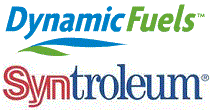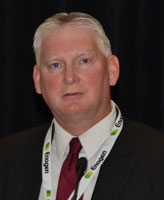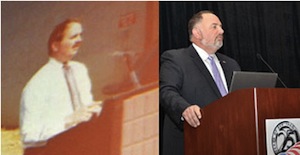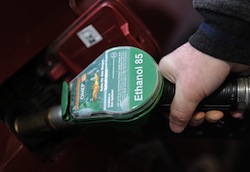The Environmental Protection Agency has officially requested a comment period to start the process toward consideration of a waiver for the Renewable Fuel Standard (RFS).
 EPA issued the request for comments in response to petitions from the Governors of Arkansas and North Carolina last week seeking a waiver of the volume requirements for corn ethanol under the RFS. The request was submitted for publication in the Federal Register and the EPA will decide on the waiver request “within 90 days of receiving it, in consultation with the Departments of Agriculture and Energy.”
EPA issued the request for comments in response to petitions from the Governors of Arkansas and North Carolina last week seeking a waiver of the volume requirements for corn ethanol under the RFS. The request was submitted for publication in the Federal Register and the EPA will decide on the waiver request “within 90 days of receiving it, in consultation with the Departments of Agriculture and Energy.”
EPA is requesting comment on any matter that might be relevant to review of the waiver request, including –
whether compliance with the RFS would severely harm the economy of Arkansas, North Carolina, other States, a region, or the United States; whether the relief requested will remedy the harm; to what extent, if any, a waiver would change demand for ethanol and affect prices of corn, other feedstocks, feed, and food; the amount of ethanol that is likely to be consumed in the U.S. during the relevant time period, based on its value to refiners for octane and other characteristics and other market conditions in the absence of the RFS volume requirements; and if a waiver were appropriate, the amount of required renewable fuel volume appropriate to waive, the date on which any waiver should commence and end, and to which compliance years it would apply.












